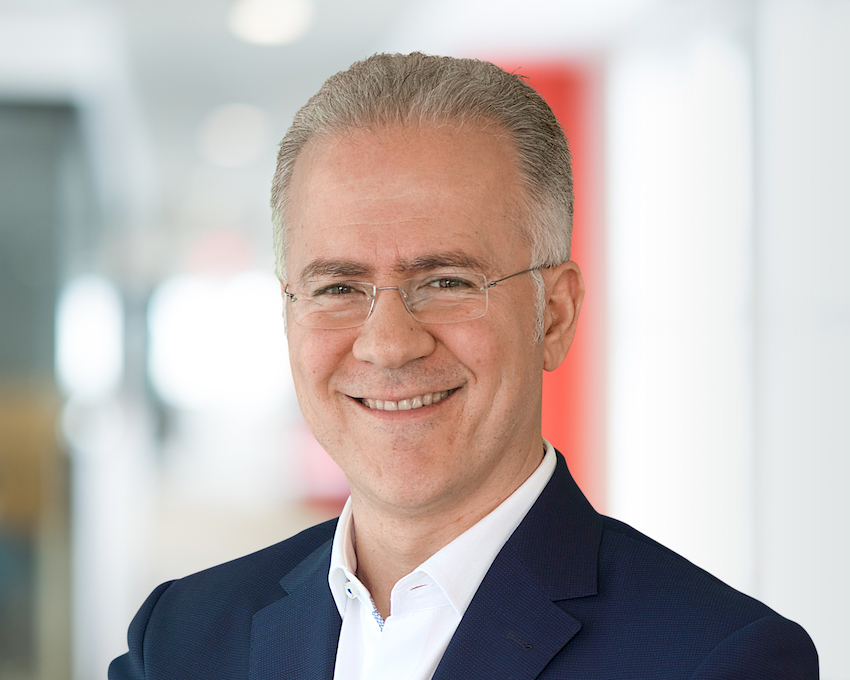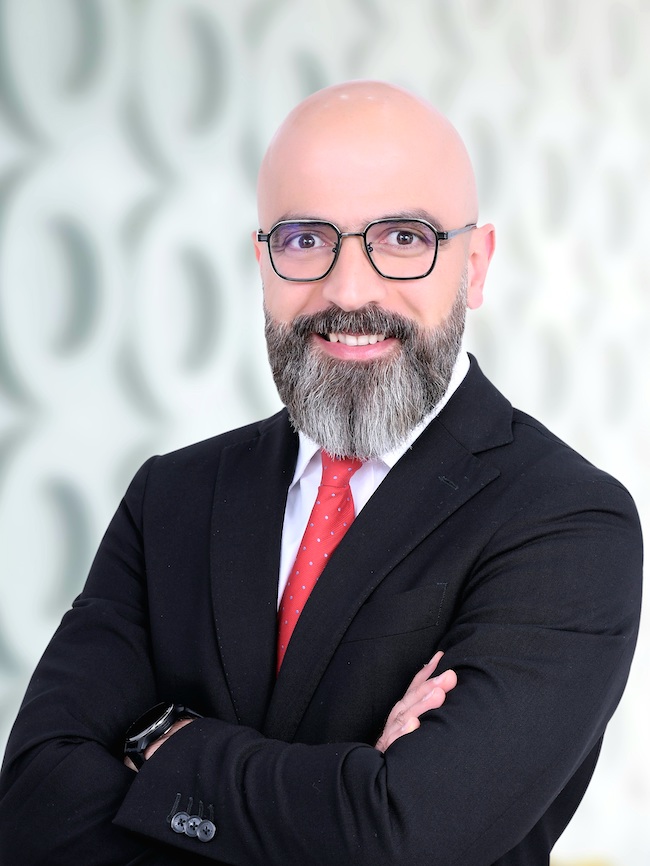RIYADH: Middle Eastern sovereign investors are following their global counterparts by prioritizing India and other emerging markets amid concerns over geopolitical tensions, an analysis said.
In its latest report, Invesco, a US-based investment management firm, said that 88 percent of global wealth funds, including 100 percent of those in the Middle East region, consider the south Asian country the most attractive destination for investments among emerging economies.
Saudi Arabia’s Public Investment Fund has already expressed its appetite in emerging nations like India. In September 2023, the Kingdom’s Investment Minister Khalid Al-Falih expressed the possibility of establishing a sovereign wealth fund office in the Asian country, as well as investing in Indian start-ups that cater to the Saudi markets via venture capital funds.
Commenting on her firm’s report, Josette Rizk, head of Middle East and Africa at Invesco, said: “Amid an unpredictable macro environment, sovereign investors are recalibrating their portfolios, pivoting toward equities, private credit, and hedge funds.”
She added: “Emerging markets are gaining traction, with funds adopting a selective approach.”
According to the report, wealth funds are looking to reshape their portfolios to reflect the new macro environment, with 27 percent and 50 percent in the Middle East planning to increase allocations to infrastructure over the next year.

The city skyline is seen beside a construction site of a coastal road project near Hajji Ali mosque in Mumbai on May 31, 2023. (AFP)
Invesco’s findings are based on the views of 140 chief investment officers, heads of asset classes, and senior portfolio strategists at 83 sovereign wealth funds and 57 central banks, who together manage $22 trillion in assets.
Geopolitical tensions posing risks to economic growth
The analysis revealed that 95 percent of sovereign investors in the Middle East region opined geopolitical tension as the most serious risk to economic growth over the next 12 months.
According to the report, inflation also remains a significant concern for these investors, with 43 percent of sovereign wealth funds and central banks globally and 68 percent in the Middle East expecting it to settle above apex banks’ targets.
The study further noted that almost three-quarters of investors — 71 percent worldwide and 70 percent in the Middle East — anticipate interest rates and bond yields to remain in the mid-single digits over the long term, indicating a shift in expectations.
The rise of private credit
The report noted that private credit is also gaining popularity, with only 35 percent of sovereign wealth funds globally and 22 percent in the Middle East currently having no investments in private credit.
Invesco opined that the appeal of private credit is driven by diversification from traditional fixed income and its relative value compared to conventional debts.
The study said that the US is the most attractive market for private credit, with the country being rated the favorite option by 67 percent of the wealth funds globally and 71 percent in the Middle East.
However, Invesco said there is a growing interest in emerging market private debt, as more than half of the respondents, including 58 percent in the Middle East region, believe there are unexplored opportunities in these countries.
“Private credit is increasingly attractive to sovereign wealth funds, with many investing through funds and direct deals. Sovereign wealth funds in the region developed markets but are also exploring emerging markets while balancing defensive and opportunistic strategies to navigate the competitive landscape,” added Rizk.

The Charging Bull, the famous bull of Wall Street, is pictured early in the morning in the Finacial District, Lower Manhattan, New York City. (Shutterstock)
The implementation of AI
Invesco also noted that more than one-third of sovereign investors globally are using advanced technologies like artificial intelligence in their investment process.
The vast majority — 93 percent worldwide and 100 percent in the Middle East — believe AI will eventually play a role in their organization.
The rise of generative AI has prompted 66 percent of sovereign wealth funds and central banks globally and 83 percent in the Middle East to reevaluate their current AI strategies and explore new applications for this technology.
The survey also found that half of these investors globally and 80 percent in the Middle East are confident that the implementation of AI can enhance returns.
“Sovereign investors in the region are increasingly adopting AI in their investment processes, recognizing its potential to become an essential tool. While challenges exist, funds are investing in training and partnerships to overcome barriers,” said Rizk.
Growing importance of ESG
Invesco said that investors who took part in the study consider greenwashing to be one of the biggest challenges, as cited by 84 percent of the wealth funds worldwide and 94 percent in the Middle East.
The report also found that sovereign investors are moving toward greater accountability, with 50 percent of accounts in the Middle East modeling and tracking their portfolios to combat climate change.
“ESG (environmental, social, and governance) adoption continues to rise among the Middle East’s central banks, while SWFs refine their approach as the market matures,” said Rizk.
She added: “Investors are increasingly recognizing climate risk as a material factor and aligning portfolios with global climate goals. Engagement with and allocation to renewables are preferred over complete divestment to drive the energy transition.”

A photograph taken on April 30, 2024 shows gold bracelets displayed in a shop window on Green Street, east London. (AFP)
The allure of gold
The analysis revealed that gold is gaining appeal. In the last three years, 70 percent of the central banks in the Middle East region have increased allocations for the yellow metal.
According to the report, central banks are bolstering and diversifying reserves, with 53 percent worldwide planning an increase in the size of their holdings and 52 percent planning additional diversification.
Rising US debt levels have a negative impact on the global role of the dollar, according to 64 percent of respondents globally and 33 percent in the Middle East.
Some 18 percent of central banks, including 20 percent in the Middle East, believe that the position of the US dollar as the world reserve currency will be weaker within five years.
“Amid global uncertainties, central banks in the region are strengthening and diversifying reserves. Gold’s appeal is growing due to concerns about rising US debt levels. Allocations to emerging markets are increasing as central banks seek to enhance returns and mitigate risks,” said Rizk.
In June, a survey conducted by the World Gold Council noted that more central banks plan to increase their gold reserves within a year despite the ongoing macroeconomic and political uncertainties and rising gold prices.
According to WGC, 29 percent of the central banks globally expect to boost their gold reserves in the next twelve months, the highest level since the survey began in 2018.
“Despite record demand from the official sector in the past two years and rising gold prices, many reserve managers remain enthusiastic about the yellow metal,” said Shaokai Fan, head of Central Banks at the World Gold Council, at that time.



























